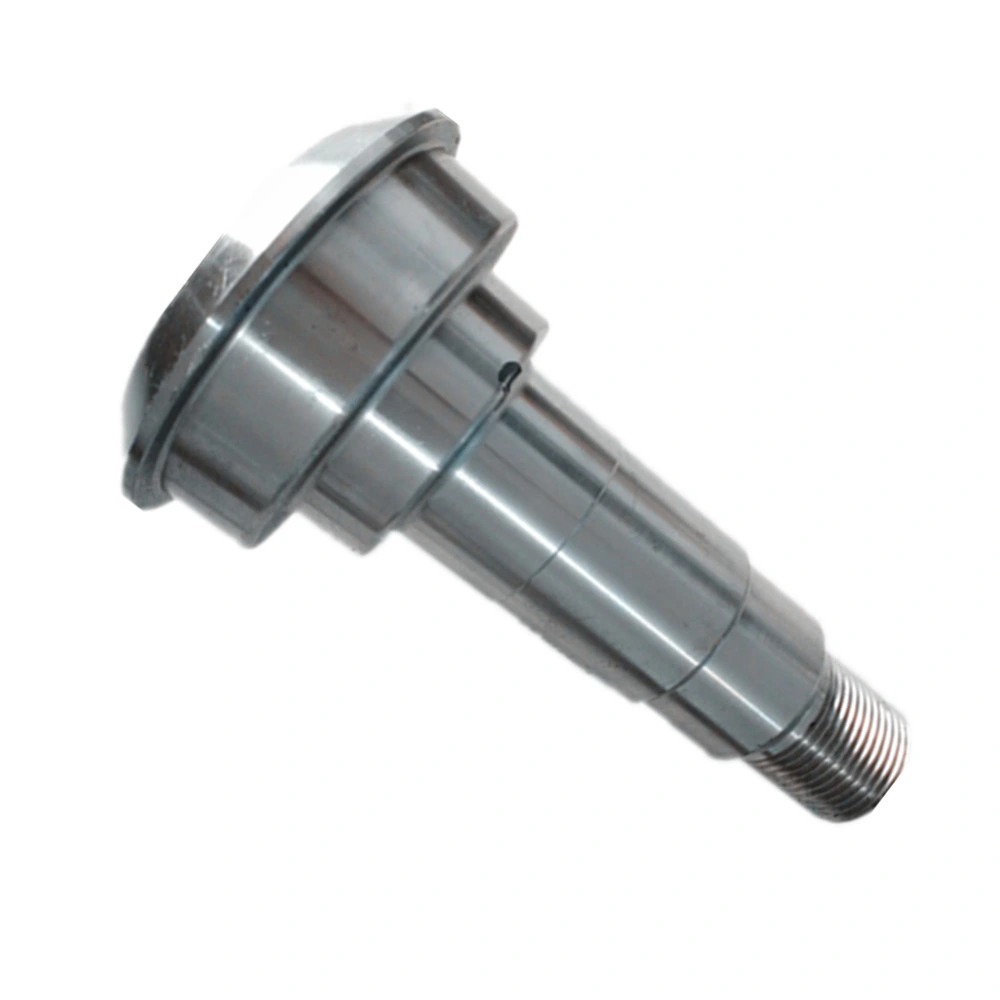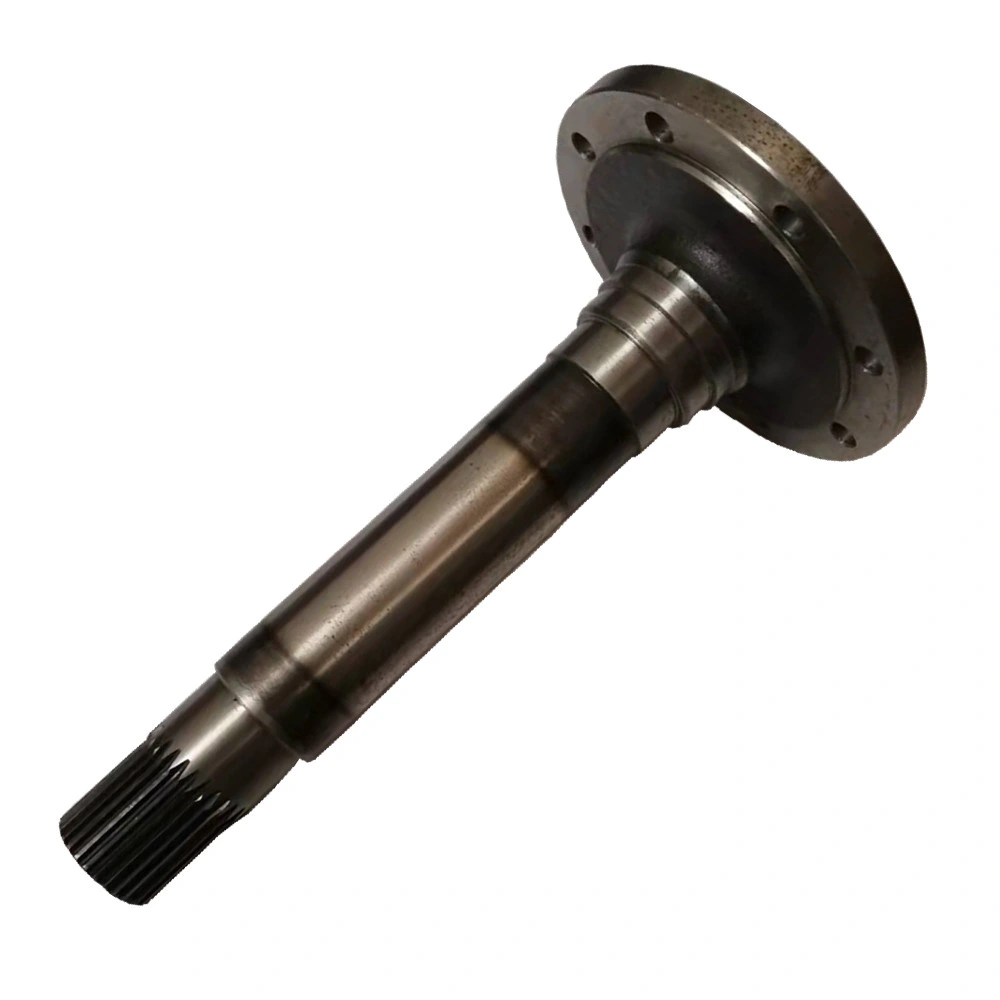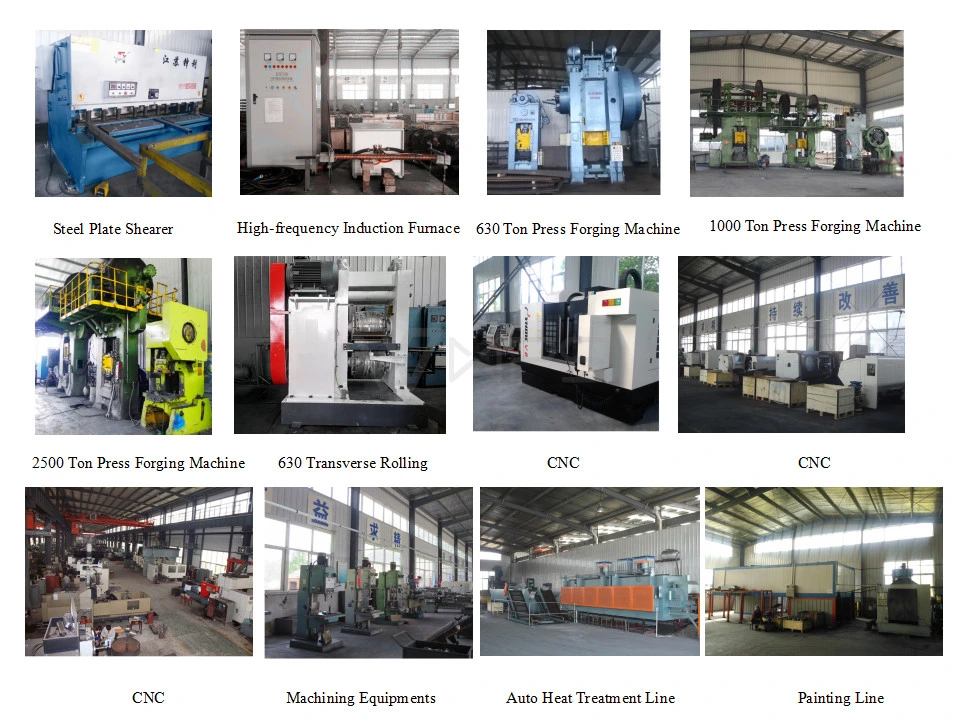Axle Spindle Statistical Process Control
Introduction
Axle spindles are a critical component of any vehicle’s suspension system. They connect the wheel hub to the axle and allow for the transfer of power and movement. Axle spindles must be manufactured to exacting specifications in order to ensure their reliability and safety. Statistical process control (SPC) is a methodology used in manufacturing to measure and control quality during the production process. This article will explore the use of SPC in the manufacturing of axle spindles.
The Importance of Statistical Process Control (SPC)
Statistical process control (SPC) is an effective method of monitoring and controlling the quality of a manufacturing process. SPC involves the use of statistical tools to analyze data and identify trends and patterns in the manufacturing process. By identifying these trends and patterns, manufacturers can take corrective action to ensure that the manufacturing process is operating at peak efficiency. SPC is especially important in the manufacturing of axle spindles, where precision and accuracy are critical.
The Manufacturing Process of Axle Spindles
The manufacturing process of axle spindles involves several steps:
Step 1: Design and Engineering
The design and engineering phase involves the creation of a blueprint for the spindle. This blueprint includes the dimensions, tolerances, and material specifications for the spindle.
Step 2: Material Selection
The material selection phase involves choosing the appropriate material for the spindle. The material must be strong enough to handle the weight and movement of the vehicle, but also lightweight to minimize the overall weight of the vehicle.
Step 3: Machining
The machining phase involves the use of CNC machines to shape the spindle according to the blueprint specifications. This is a critical phase in the manufacturing process, as any errors or deviations could result in a faulty spindle.
Step 4: Finishing and Inspection
The finishing and inspection phase involves the use of various tools and techniques to ensure that the spindle meets the required specifications. This includes measuring the dimensions and tolerances of the spindle, as well as testing the spindle for strength and durability.

SPC in the Manufacturing of Axle Spindles
SPC can be used at various stages of the manufacturing process to ensure that the spindle is being produced to the required specifications. The following are some examples of how SPC can be integrated into the manufacturing process:
Step 1: Design and Engineering
During the design and engineering phase, SPC can be used to analyze previous spindle designs and identify areas for improvement. By analyzing data from previous designs, engineers can identify trends and patterns and make adjustments to the new design to improve its reliability and performance.
Step 2: Material Selection
During the material selection phase, SPC can be used to analyze the properties of different materials and identify the best material for the spindle. By analyzing data on the strength, weight, and durability of different materials, manufacturers can make an informed decision on which material to use.
Step 3: Machining
During the machining phase, SPC can be used to monitor the performance of the CNC machines. By analyzing data on the performance of the machines, manufacturers can identify potential issues before they become major problems. This can help to minimize errors and reduce waste.
Step 4: Finishing and Inspection
During the finishing and inspection phase, SPC can be used to monitor the quality of the spindle. By analyzing data on the dimensions, tolerances, and strength of the spindle, manufacturers can identify potential issues and take corrective action before the spindle leaves the factory.

Advantages of Using Axle Spindles in Manufacturing
Axle spindles offer several advantages in manufacturing, including:
- Improved precision and accuracy
- Reduced waste
- Increased efficiency
- Enhanced safety and reliability
- Cost savings
The Working Principle of Axle Spindles
Axle spindles work by connecting the wheel hub to the axle and allowing for the transfer of power and movement. They are designed to handle the weight and movement of the vehicle and must be manufactured to exacting specifications to ensure their reliability and safety.
How to Choose the Right Axle Spindle for Your Application
Choosing the right axle spindle for your application is critical to ensuring the safety and reliability of your vehicle. The following are some factors to consider when choosing an axle spindle:
- The weight and movement of your vehicle
- The material properties of the spindle
- The manufacturing process used to create the spindle
- The dimensions and tolerances required for your application
- The cost of the spindle

Installation of Axle Spindles
The installation of axle spindles requires precision and accuracy to ensure their proper functioning. Manufacturers provide installation instructions and guidelines to ensure that the spindle is installed correctly and safely.
Promotion and Company Introduction
Our company is a leading manufacturer of axle spindles, with over 15 years of experience in the design, production, and sales of these critical components. We serve customers around the world and are known for our high-quality products, competitive prices, and exceptional customer service.

Edited by Czh.